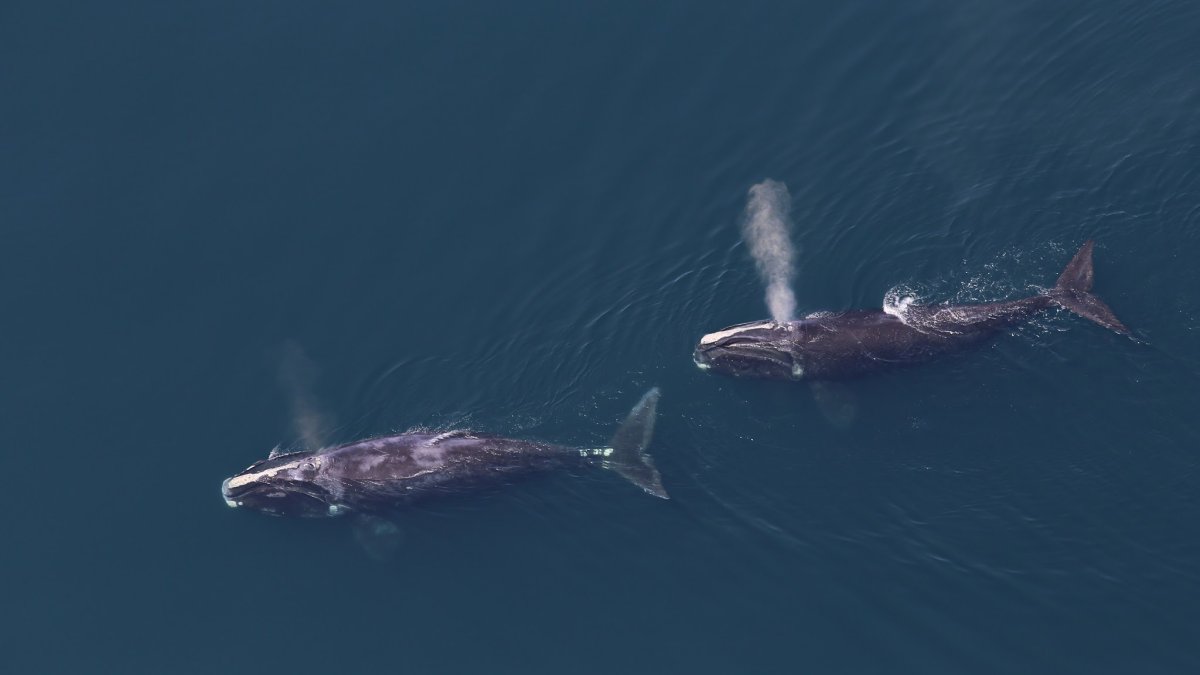In a significant step towards environmental conservation, two federal agencies, the U.S. Bureau of Ocean Energy Management and the National Oceanic and Atmospheric Administration, have unveiled comprehensive plans to safeguard the endangered North American right whales. With only around 360 of these majestic creatures remaining globally, the agencies aim to address the escalating concerns posed by the surge in offshore wind farm projects, particularly along the U.S. East Coast.

Strategic Plans Unveiled to Safeguard North American Right Whales
The outlined strategy incorporates cutting-edge technologies, including artificial intelligence and passive acoustic monitoring, to track the whales’ movements and assess the potential impacts of offshore wind developments on their habitat. The focus is on mitigating adverse effects, with measures such as avoiding offshore wind leases in critical whale habitats, establishing noise limits during construction, and prioritizing research for harm minimization technologies.
Equinor and BP’s Offshore Wind Project Swap Amid Conservation Efforts
Coinciding with the federal agencies’ announcement, Equinor and energy giant BP disclosed a strategic shift in their offshore wind projects. The deal involves Equinor taking full ownership of the Empire Wind lease and projects, while BP assumes full control of the Beacon Wind lease and associated projects. This “cash neutral transaction” underscores the companies’ commitment to balancing environmental responsibility with their business endeavors, even if it incurs a loss, with Equinor noting an approximate $200 million impact.
Pal Eitrheim, an executive vice president at Equinor, emphasized the significance of this move, stating, “We now take full ownership of a mature, large-scale offshore wind project in a key energy market, where we have built a strong local organization.” The swap reflects a nuanced approach to sustainable energy development while acknowledging the need for responsible business practices.

Ensuring Compliance and Accountability in Offshore Wind Operations
To guarantee the effectiveness of the conservation plans, the agencies advocate for a thorough “robust sound field verification” of offshore wind operations. This measure is intended to confirm that noise levels align with expectations, thereby minimizing potential disturbances to the whales. Additionally, the strategy places a priority on the development and adoption of quieter technology and operational methods within the offshore wind industry. The comprehensive approach underscores the commitment to progress in renewable energy while upholding environmental stewardship and biodiversity conservation.